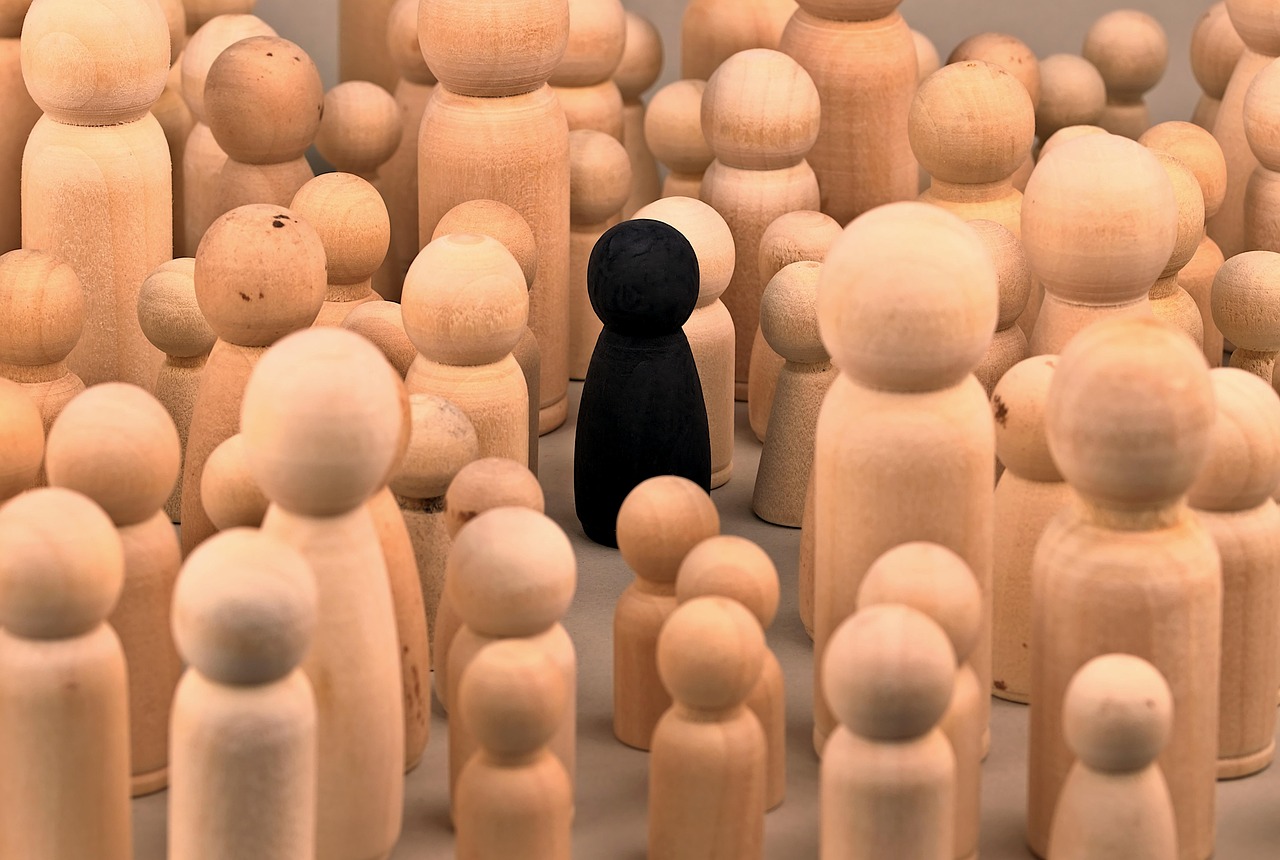Media release
From:
Global Trends and Disparities in Social Isolation
About The Study:
In this cross-sectional study, social isolation was found to have increased globally after theCOVID-19 pandemic, with the initial increase disproportionately seen in lower-income populations and subsequent increases broadening across socioeconomic strata. Targeted interventions for vulnerable groups and research ex-amining country-level policies are urgently needed to mitigate high isolation levels and reduce inequities.



 Australia; New Zealand; International
Australia; New Zealand; International



